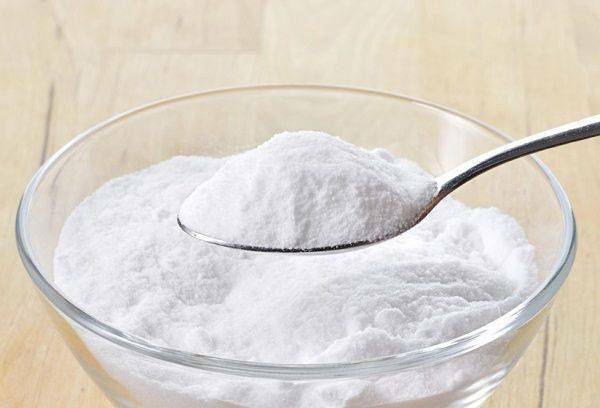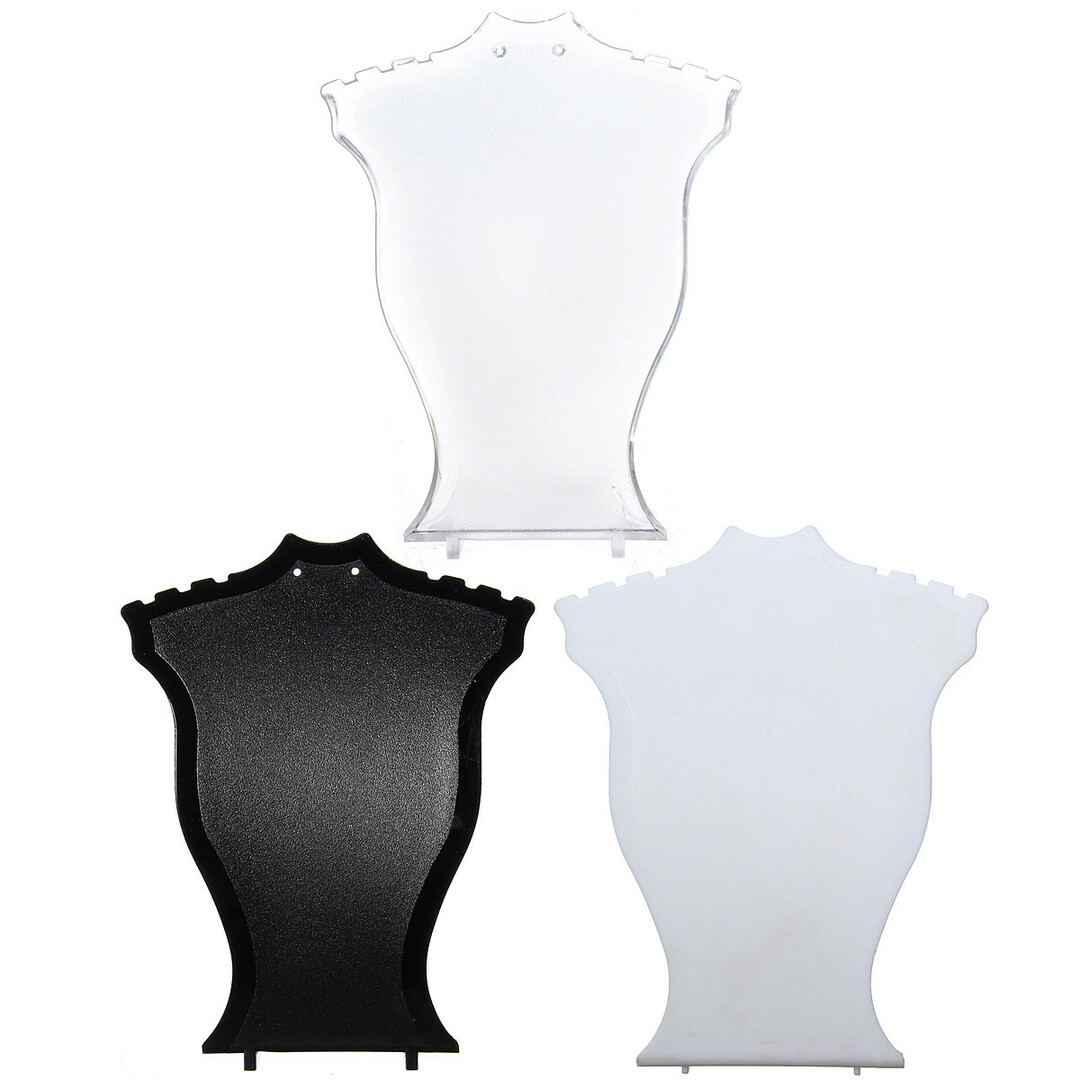Content:
- Advantages and disadvantages of the folk approach
- Rules that will help to minimize the negative consequences from the use of abrasive
- Popular and effective teeth cleaning techniques with soda
Everyone knows that soda is an excellent disinfectant and often use this property in everyday life. Against this background, the question arises whether it is possible to brush your teeth with soda and what consequences this can lead to. Even experts say that it is possible. The main thing is to adhere to the basics of technical regulations and correctly implement the recommended scheme of dental care.

In theory, the technique is not prohibited even in childhood. It was the food soda previously recommended to treat the mouth of a baby suffering from stomatitis or inflammatory processes on the mucosa. In practice, everything turns out to be not so simple, therefore, the method is being used less and less.
Advantages and disadvantages of the folk approach
In addition to the absolute safety of the component, which can be used even in the cooking process, the following points can be attributed to the advantages of the approach:
- Availability and price. To clean teeth with soda, you do not need to spend a fortune on buying ingredients or to look for components in specialized stores. The main component can be found in any grocery store and it costs a penny.
- Effectiveness. The effect is comparable to the achievements of professional cleaning, which, incidentally, is also often used soda. The maximum positive result is achieved by mixing the product with hydrogen peroxide.
- The speed of the effect. Positive shifts are evident after the first approach. Regular manipulation guarantees a lasting result.

Unfortunately, with all the safety and naturalness of baking soda, its use, especially uncontrolled, can lead to negative consequences or side effects:
- Soda is an abrasive, so the removal of plaque is done by mechanical surface cleaning. Even if everything is done correctly, the enamel will gradually become covered with small scratches.
- The result is not stable. A few days after the end of the sessions, the teeth will again begin to darken.
- Some people get irritation after getting soda on the gums, there is an increased bleeding of the tissues. There are also allergic rashes around the lips and on the mucosa.
- Gradual thinning of the enamel leads to an increase in the sensitivity of the teeth, especially when using intensive preparations with hydrogen peroxide. If you do not know how to take care of enamel in such cases, you can face serious problems after a while.
When choosing this approach, it is necessary to consult a specialist. Only if the doctor believes that the enamel is thick enough and is not prone to destruction, you can try a specific therapy.

Rules that will help to minimize the negative consequences of the use of abrasive
To handle teeth with baking soda and not worry about their condition, the following recommendations should be observed:
- Manipulation should be carried out no more than once in 7-10 days. If the condition of the teeth allows, then it should be done even less often.
- Do not use toothbrushes while using the active compound. Enamel needs to be protected from additional aggressive influence. This can be achieved if you use cotton swabs and tampons or just finger pads.
- In periods between cleansing, it is necessary to try to restore the damaged enamel to the maximum, using pastes with a high content of mineral components, for example, fluorine and calcium.
The first symptoms of an increase in the sensitivity of enamel therapy should be stopped and wait a few months. Only after this you can try another course.

Popular and effective dentistry with soda
At home, it is recommended that soda treatment be done using one of the following methods:
- Application of dry powder. Very effective, but quite traumatic for the enamel approach. The dry mass is simply applied to the surface of the teeth and rubbed with light movements. The probability of thinning of the enamel and irritation of the gums is quite high, but the smile becomes noticeably whiter after the first manipulation.
Tip: Whichever option is chosen, the use of a toothbrush as a tool is strictly prohibited. The composition can be applied only with a cotton sponge, cotton buds or finger pads.

- Concentrate. Baking soda is dissolved in a small amount of water and continue to add and stir the powder until it ceases to dissolve. With this mass, we brush our teeth, after which we take up the oral cavity.
- Paste. Add some soda to your favorite toothpaste and use it in a traditional way. The optimal option will be the use of a composition with a high content of fluoride, this will help to protect the enamel as much as possible. In this case, the use of a toothbrush is allowed, but its bristles must be very soft.
- Intensive composition with hydrogen peroxide. This approach is recommended not to be used more than once in 3-4 weeks. It is characterized by increased efficiency and quickly bleaches the enamel, but with frequent manipulation destroys the tissue. A small amount of powder is mixed with 3% hydrogen peroxide until a thick paste is formed. She massages her teeth for no more than 2 minutes, after which she thoroughly rinses her mouth. The product should not get on the gums! To increase the effectiveness of the paste in it, you can add a few drops of lemon juice.
For some time after cleaning, especially with hydrogen peroxide, it is not recommended to apply additional force to the teeth with floss, toothpicks, brush or dense food.


